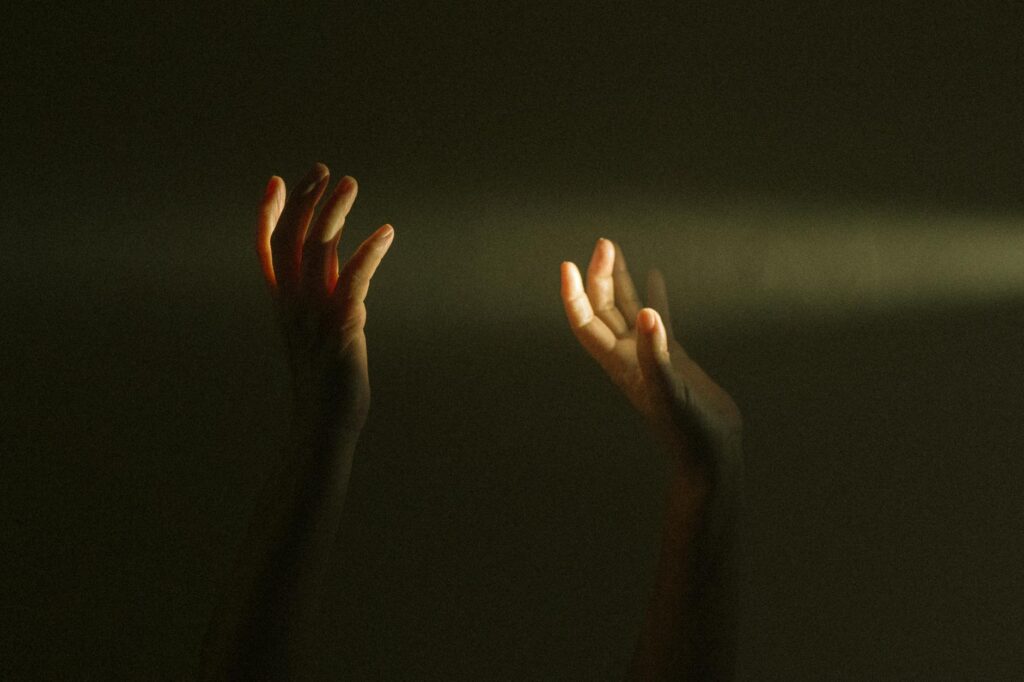What is light exposure therapy?

What is light exposure therapy?
Light exposure therapy is a fascinating method that has gained traction in recent years, particularly in relation to mental health, productivity, and overall well-being. With our lives increasingly influenced by technology and indoor living, understanding the role of light in regulating our biological clock is more essential than ever. This therapy aims to harness light’s potential to enhance our mood, energy levels, and sleep quality, making it a valuable tool for those seeking improved mental and emotional health.
Understanding Light Exposure Therapy
At its core, light exposure therapy involves the use of artificial light to mimic natural sunlight. This therapy is predominantly used to treat mood disorders, particularly Seasonal Affective Disorder (SAD), but its applications extend beyond that. By exposing oneself to specific wavelengths of light for a designated period, individuals can effectively regulate their circadian rhythms and improve their overall mental state.
The mechanism is straightforward. Light exposure therapy works by stimulating the body’s production of serotonin—a neurotransmitter that plays a pivotal role in mood regulation. When light enters the eyes, it sends signals to the brain’s suprachiasmatic nucleus (the body’s master clock), which helps control various biological processes, including the sleep-wake cycle.
The Science Behind Light Exposure Therapy
Light exposure has profound effects on our biology. The body relies on light to synchronize its internal clock, which regulates sleep, mood, and various hormones. Here’s how it works:
-
Circadian Rhythms: These 24-hour cycles govern our sleep patterns, feeding schedules, and other biological processes. Exposure to natural light during the day helps maintain this rhythm, ensuring we feel awake and alert when necessary and sleepy when it’s time for bed.
-
Melatonin Production: Melatonin, often referred to as the “sleep hormone,” is produced in response to darkness. When we expose ourselves to bright light in the morning, it can help reset our internal clock, leading to better melatonin regulation and improved sleep quality at night.
Types of Light Exposure Therapy
There are several types of light exposure therapy, each with its unique benefits:
-
Bright-Light Therapy: This is the most common form of light therapy, where individuals sit close to a specially designed light box that emits bright light (usually at 10,000 lux) for about 20 to 30 minutes each day. It’s particularly effective for treating SAD.
-
Blue Light Therapy: This therapy specifically uses blue wavelengths of light, which have been shown to be effective in improving mood and alertness. Blue light is often found in natural sunlight, and exposure to it can help enhance cognitive function.
-
Natural Sunlight Exposure: One of the simplest and most accessible forms of light therapy involves spending time outdoors during the day. Even short bursts of sunlight can help improve mood and energy levels.

Photo by Luis Dalvan
Benefits of Light Exposure Therapy
Light exposure therapy offers numerous benefits that can positively impact various facets of life. Here are some of the most significant advantages:
Impact on Mood and Mental Health
Research consistently shows that light exposure therapy can lead to substantial improvements in mood, particularly for those suffering from mood disorders like SAD and depression. For instance, a study published by Harvard Health highlights that bright light therapy can alleviate depressive symptoms by regulating our biological rhythms.
Enhancing Productivity and Focus
Feeling sluggish and unmotivated? Light exposure therapy can help! Studies suggest that exposure to bright light can enhance cognitive performance, increase alertness, and improve focus. A well-lit environment stimulates the brain, making tasks feel more manageable and less daunting.
Regulating Sleep Patterns
Struggling with sleep issues? Light exposure therapy can be a game-changer. By incorporating bright light exposure in the morning, individuals can help regulate their sleep cycles, resulting in better sleep quality and more refreshing rest at night. This is particularly beneficial for those with erratic sleep schedules or insomnia.
How to Implement Light Exposure Therapy
Incorporating light exposure therapy into your daily routine can be straightforward and rewarding. Here’s how to get started:
Using Light Therapy Devices
When selecting a light therapy lamp, look for one that emits 10,000 lux of bright light without UV rays. Position the lamp at an angle in front of you while you engage in activities like reading or working. Aim for about 20-30 minutes of exposure daily for optimal results.
Maximizing Natural Light Exposure
Make a habit of stepping outside during the day, especially in the morning. Open your curtains to allow natural light into your home or workspace. Consider rearranging your furniture to optimize light exposure, creating a brighter and more inviting environment.
Considerations and Precautions
While light exposure therapy is generally safe and effective, it’s essential to approach it thoughtfully.
Who Should Avoid Light Exposure Therapy?
Individuals with certain medical conditions, such as bipolar disorder or specific eye disorders, should consult a healthcare professional before starting light therapy. It’s always best to err on the side of caution.
Timing and Duration of Therapy
The timing of your light exposure sessions can significantly impact their effectiveness. For best results, aim for morning sessions, as this aligns with the body’s natural rhythm. Additionally, ensure that each session lasts between 20 to 30 minutes to reap the full benefits.
Conclusion
Light exposure therapy presents a compelling avenue for enhancing productivity, improving mental health, and regulating sleep patterns. By harnessing the power of light, you can significantly impact your well-being. Whether through specialized devices or simply increasing your natural light exposure, consider integrating light exposure therapy into your daily routine. With the right approach, you can turn the simple act of basking in light into a powerful tool for personal development and improved quality of life.